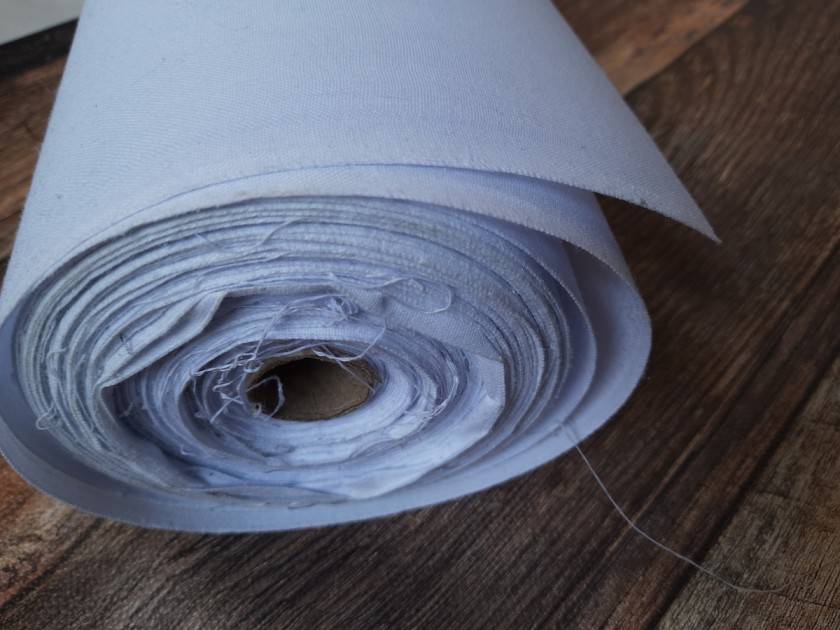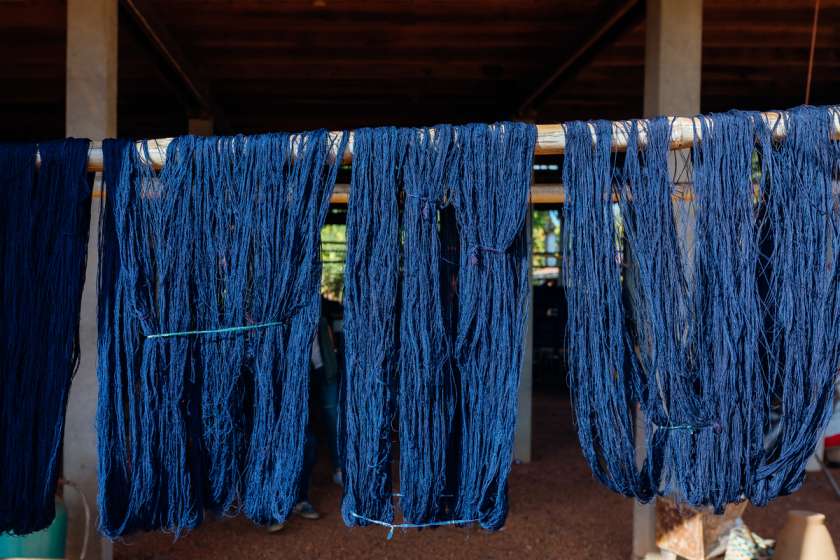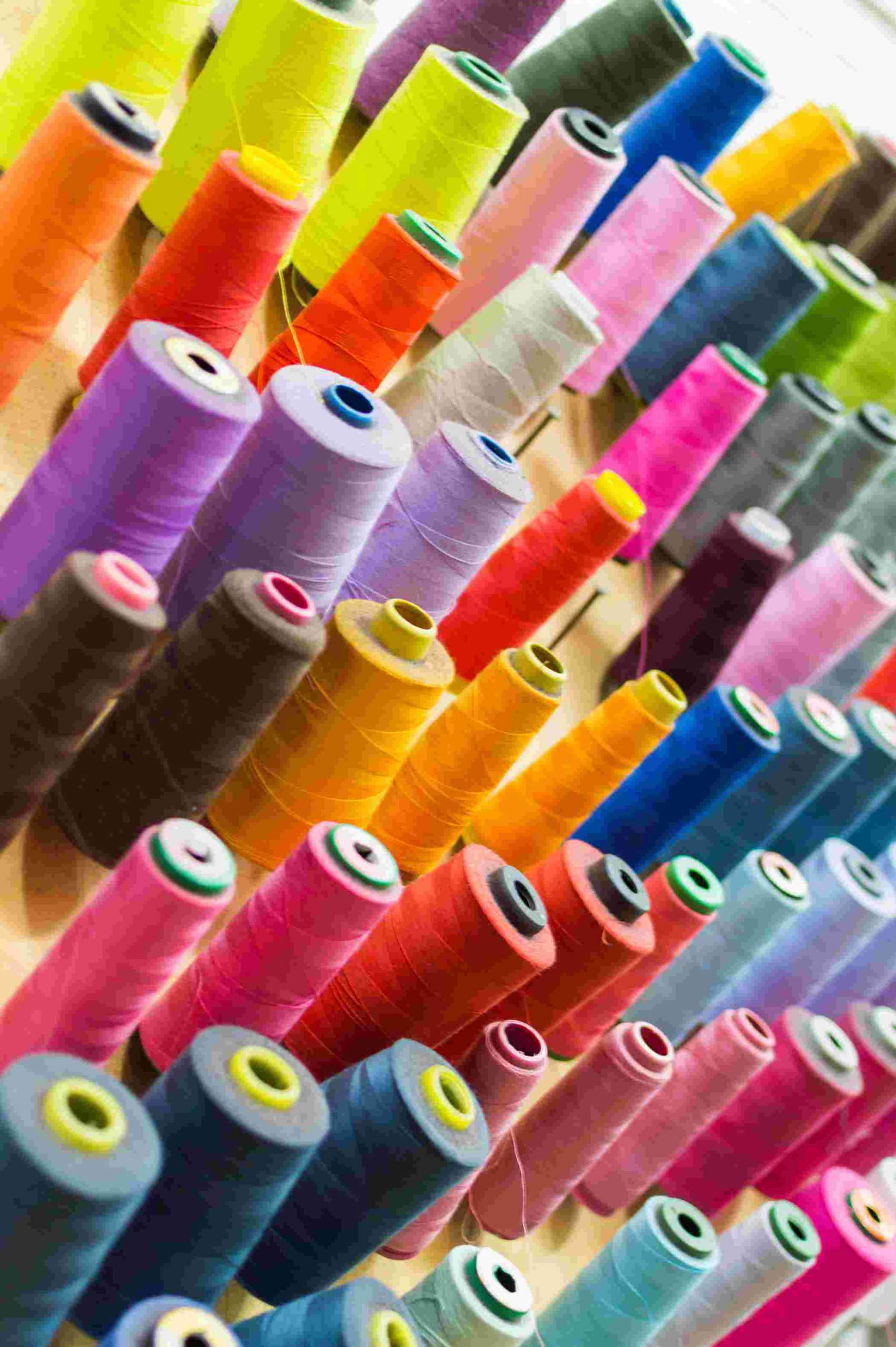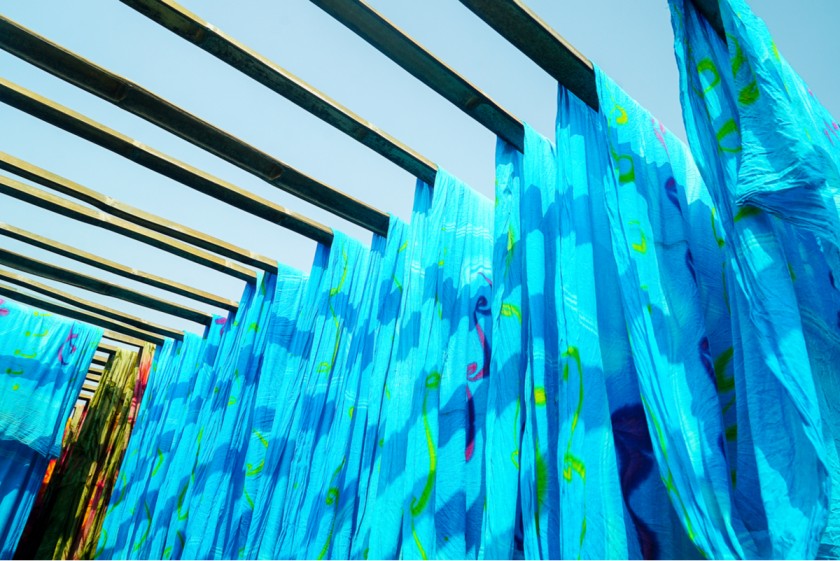Interlining in Apparel Manufacture: Everything You Need To Know



Interlinings are among the most functional components of a garment among the various essential accessories. Besides giving garments many functional advantages, they also improve their aesthetic appeal. Interlining is basically a nonwoven fabric that adds more structure and body to garment components like collars, waistbands, necklines, button plackets, belts, and cuffs. The interlining process involves putting a fabric between two layers to give it more body. The material used to create linings gives them their texture, which is delicate, thick, and adaptable. An important aspect of garment construction is the durability of interlinings, which can be fusible or sewn on.
Uses of Interlining
- It imparts strength, stability, support, shape retention and enhances the aesthetic feel of the apparel.
- It gives collars and cuffs a more formal look by adding thicker material, firmer material, and extra strength.
- Provides a firm and thick base to design an embroidered logo and enhance its look.
- Using interlining as an additional layer in winter coats and pants is a great idea as it is soft, flexible, and can act as an insulator.
- It is also used behind thin fabrics to give it a more appealing and thicker look.
- It's easier and faster to sew clothes with interlining.
- The interlining can also be selected according to the garment's color.
- The fabric assists with stabilizing the outer shell under stress and acts as a composite when fused with the outer shell fabric.
- Interlining plays an important role in the comfort, longevity, and shape of the garment.
Types of interlining
- According to the application point
Clothing is primarily made with fusible interlining, and there are only a few extra-delicate, special fabrics that are stitched with non-fusible interlining, such as crepe, georgette, silk, chiffon, transparent and delicate fabric, and seer-sucker.
- Fusible Interlining
Fusible interlining is an interlining that can be attached to garment components with the help of heat and pressure for a specific amount of time. The recommended temperature for fusing is 1650 to 1700 0C, the time is 2 to 20 seconds, and the pressure depends on the technique. After washing, there should be no bubbling.
Fusible interlinings play multiple roles in garment design, including easy manufacture of garments due to the stability of the shell fabric, appropriate flexibility, shaping of a garment's silhouette, volume addition due to good formability and retention of its shape after repeated dry cleaning, and improvement of the look, fall, and application properties of a garment. Interlining made from fused materials should provide excellent adaptability.
- Non-fusible interlining
As the name implies, non-fusible or sewing interlining is defined as interlining that can be attached by sewing to clothing components. For the preparation of sewn interlining, fabric pieces are treated with starch and allowed to dry. The fabrics are then stitched with the main fabric, and non-fusible interfacing is attached differently from fusible interfacing.
Interlining is created, and seam allowances are cut and stitched to adhere before the garment is sewn. A margin of extra fabric is cut before the garment is stitched. Using this technique, you can create flame retardant garments or apparel with ease and simplicity.
- According to fabric

- Woven Interlining
A woven interlining made from lightweight fabric is usually used for most demanding situations (waistbands, jackets, outerwear packets, etc.) because woven fabrics are stable and strong. Most woven interlinings are made from 100% cotton and have a thread count that is variable according to the amount of weight or stiffness needed for given apparel. A number of poly-cotton blends are also available that overcome the shrinkage problem associated with cotton fabrics. These blends can be combined with different warps and wefts, like rayon, textured poly, and wool, among others. Woven fabrics, on the other hand, are costly and unsuitable for less expensive casual clothing, so they have been replaced by knitted fabrics, which use synthetic fibers with wool and rayon for body and volume according to the intended application. The weave is mostly plain weaves, sometimes with crepes, herringbones, or twills, depending on the application needed. Woven is mostly plain weaves, sometimes with crepes, herringbones, or twills, depending on the application needed.
- Nonwoven interlining
No yarn is involved in the interlacement process of making the fabric, as the name implies.
Depending on the application, nonwoven interlinings are either thermally or synthetically reinforced and are used with items made from 100% polyamide. They are covered with an ultra-fine covering. Designed as a direct fiber for the fabric manufacturing process, it offers the most versatile product available for all applications from 10 gsm to 200 gsm and above, thereby reducing the cost of base fabric at the same time. This is soft, lightweight, flexible, and strong and can be used for any application.
Due to the lack of yarn, nonwovens lack the strength needed for apparel applications, and a number of bonding techniques are utilized to impart the strength to nonwoven textiles. Basically, the material is made of synthetic fibers, which are bonded together to form a layer and provide strength. This material is also used for modern quilt backing fabrics.
- Knitted Interlinings
The knitted interlining is mainly used in knit garments with stretchable areas that are fused to form a smooth, seamless surface and provide a great foundation for efficient production. Knitted fabrics have overcome woven fabrics' disadvantages in terms of flexibility, weight, and soft handling. Knitted fabrics have a large number of loop structures to provide flexibility, stretch as well as body (volume) and strength. In order to maintain the lightweight and soft hand feel of the laminate, a fine bulk of (texturized) filament is added. The material is expensive, so it is typically found in high-end garments such as blazers and blouses.
Properties required for interlining
- Tensile and elastic properties
Tensile and elastic properties of shell fabrics affect the properties of stabilized garment parts as well as their compatibility with the interlining.
- Bending
Shell fabric and interlining with the right bending properties will guarantee the correct appearance and fall of stabilized garment parts.
- Shearing and surface properties
As one of the first things a buyer does when purchasing a garment, he or she touches the fabric to evaluate how the fabric will perform. The characteristics of textile surfaces, either determined visually or by subjective estimation of a handle, determine the quality of fused garment parts. Wearers expect comfortable and smooth surfaces, especially in the collar, cuffs, and wristband points where they touch their skin. Physical attributes like thickness, surface friction, compressibility, and stiffness of the shell fabric and its interlining are important and influence comfort levels.
- Fabric handle and drape of the garment
Fabric handles like softness, plainness, or rigidity affect the psychological perception of a fabric's character. Textiles have different mechanical properties depending on how they are constructed. The fabric's mechanical and physical properties are necessary to define it, and it is measurable.
Important activities related to interlining

Some measures need to be taken for target quality in garments before bulk manufacture. These include:
1. Sourcing of interlining fabric
Body fabrics and the type of garment determine the type of interlining to be used. Depending on the weight, stretch, and bonding characteristics of the body fabric, the type, and characteristics of the interlining used are determined. The final appearance or stabilization of the body fabric determines the type of interlining material to be used.
2. Marking parts of the garment and pattern where the shape needs stabilizing
The manufacturer analyzes what parts of the garment require and then chooses the appropriate interlining. After preparing patterns to match the shape of the part, the pattern is marked accordingly on the fabric. The use of interlining may depend on the luxurious or comfortable finish of the garment and the requirement of construction methodology.
3. Methodology of fusing or attaching interlining
Some fusible interfacings fuse with steam, while some fuse with a dry iron for better results. Be sure to note the temperature setting, time, moisture, and pressure. The parameters of any machine are set through an initial sample production before bulk production, whether it is a flatbed or roller type. It is important to take into account conditions like air bubbles and yellowness in the fabric when deciding pressure, time, and temperature for adhesive on the other side.
4. Type of sewing or fusing machine
There are two types of fusing machines that differ in working principle and are chosen as per the manufacturer's requirements.
Roller type / continuous moving belt: As it can attach most fusible interlining, it is a more commonly used machine in the industry. This equipment is more expensive because it uses more power, but the latest machinery uses steam to heat rather than a heating element, thus saving energy.
Flatbed type: Using this machine, interlinings and fabric components are kept on a flat surface and pressed with the upper surface. It is often used when interlining is attached to the entire garment.
5. Preventive and defect measures
We need to take preventive measures in order to avoid occurrences such as color change through bonding, accumulation of static charge, color patches, rips in interlinings, adhesive strikethrough, or shrinkage of parts resulting from interlining attachment.



















